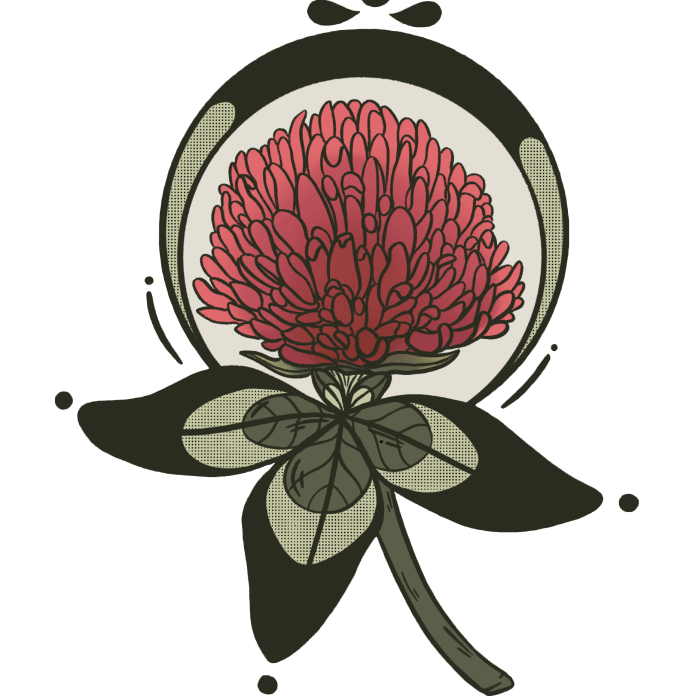reparations
Teejop, or the land in and around what is called “Madison, Wisconsin” by the colonial state, has been stewarded by the Ho-Chunk nation since time immemorial. In 1832, the Ho-Chunk were forced by the US Government to cede all of their territory in Wisconsin south of the Wisconsin River and pressured to remove to Iowa. In 1837, they were forced to cede the rest of their lands and never received full payment enumerated in the Treaty. Many Ho-Chunk refused to leave, and, when removed, kept coming back to their traditional territory. It is from these Tribal members that the Wisconsin Ho-Chunk Nation descends from, though they were not federally recognized until 1963.
It is imperative that every person residing on stolen, occupied, colonized land knows the original stewards of the land they live on. There are 11 federally recognized Tribes in Wisconsin: The Bad River Band of Lake Superior Chippewa, the Forest County Potawatomi Community, the Lac Courte Oreilles Band of Lake Superior Chippewa, the Menominee Indian Tribe of Wisconsin, the Red Cliff Band of Lake Superior Chippewa Indians, the St. Croix Chippewa Community, the Lac du Flambeau Band of Lake Superior Chippewa Indians, the Oneida Tribe of Indians of Wisconsin, the Sokaogan Chippewa Community, the Stockbrudge Munsee Band of Mohican Indians, and the Ho-Chunk Nation.
Red Clover Tattoo Collective is committed to creating and maintaining relationships with the Indigenous community of Wisconsin, both Wisconsin Tribes and the Indigenous diaspora of the cities here. We believe land acknowledgements are meaningless without commitment to anti-colonial action, Land Back, and full support of Tribal sovereignty. Acknowledging the land you are on is not enough: you must commit to allying yourself with Tribal interests personally, socially, politically, and financially.
One of the ways in which you can pay rent, support, and give back to the Tribes who made your existence in this area possible is by paying reparations to different Indigenous-run organizations in the area. Below is a handy list.
If you are an Indigenous organization in the Southern Wisconsin area and would like to be added to this list, please contact us at admin@redclovertattoocollective.com

